The Best American Science Writing 2004
Jennifer Kahn's "Stripped for Parts" was selected as the lead story of this year's Best American Science Writing because, as Dava Sobel, best-selling author of Longitude and Galileo's Daughter, reveals, "it begins with one of the most arresting openings I have ever read." In "Columbia's Last Flight," William Langewiesche recounts the February 1, 2003, space shuttle tragedy, along with the investigation into the nationwide complacency that brought the ship down. K. C. Cole's "Fun with Physics" is a profile of astrophysicist Janet Conrad that blends her personal life with professional activity. In "Desperate Measures," the doctor and writer Atul Gawande profiles the surgeon Francis Daniels Moore, whose experiments in the 1940s and '50s pushed medicine harder and farther than almost anyone had contemplated. Also included is a poem by the legendary John Updike, "Mars as Bright as Venus." The collection ends with Diane Ackerman's "ebullient" essay "We Are All a Part of Nature." Together these twenty-three articles on a wide range of today's most current topics in science -- from biology, physics, biotechnology, and astronomy, to anthropology, genetics, evolutionary theory, and cognition‚ represent the full spectrum of scientific writing from America's most prominent science authors, proving once again that "good science writing is evidently plentiful" (Scientific American).
- ISBN 13 : 0060726407
- ISBN 10 : 9780060726409
- Judul : The Best American Science Writing 2004
- Pengarang : Dava Sobel,
- Kategori : Science
- Penerbit : Harper Collins
- Bahasa : en
- Tahun : 2004
- Halaman : 288
- Halaman : 288
- Google Book : http://books.google.co.id/books?id=ZF1Hef_x9oYC&dq=intitle:writing+strategy+for+science&hl=&source=gbs_api
-
Ketersediaan :
Jennifer Kahn's "Stripped for Parts" was selected as the lead story of this year's Best American Science Writing because, as Dava Sobel, best-selling author of Longitude and Galileo's Daughter, reveals, "it begins with one of the most ...




